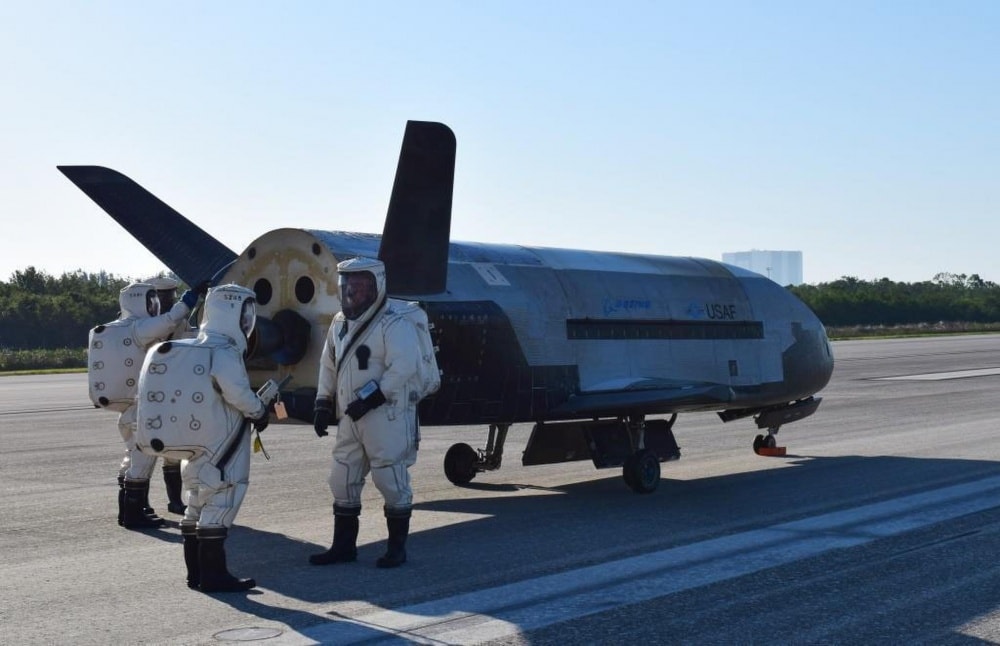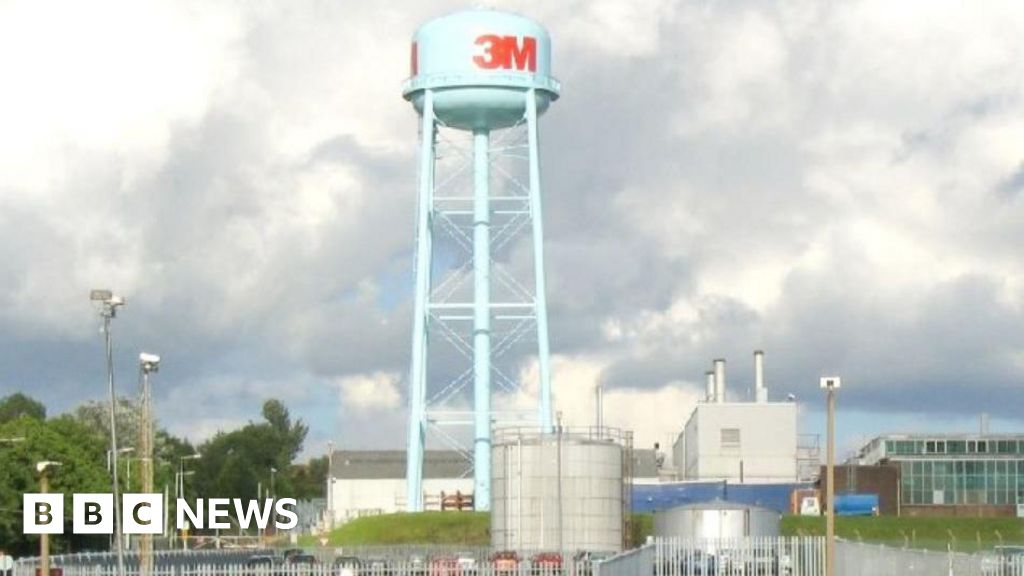
Pentagon’s X-37B space plane to be launched on Sunday, mission unknown
- Science
- December 10, 2023
- No Comment
- 256
Is it a secretive Pentagon weapon? Is it stealthy? Does it sneak up to satellites? What exactly does it do in space? And why is it up there for so long?
The Pentagon won’t say. And the veil of secrecy over the X-37B continues ahead of its launch Sunday at 8:14 p.m. Eastern on its seventh mission. But this time there are some clues that at least something is different.
The drone, which flies without anyone on board, is to be launched for the first time on SpaceX’s powerful Falcon Heavy, which is more powerful than the rockets that have launched it in the past. That’s led to speculation that the mission will be in a much higher orbit, which appears to be the case according to recent documents. SpaceX won the $130 million contract for the launch in 2018.
Still, what it might do in that higher orbit remains unknown.
The mission has “a wide range of test and experimentation objectives,” is the Pentagon’s official statement. “These tests include operating the reusable spaceplane in new orbital regimes, experimenting with future space domain awareness technologies.”
The reference about “space domain awareness” could mean that it will be keeping an eye on other satellites, potentially watching for threats. Having a better sense of what is going on in the vastness of space — where adversaries’ spacecraft are and what they are doing — has become a key mission of the U.S. Space Force. “Our space systems are threatened by a variety of growing antisatellite capabilities, and the joint force is threatened by increasingly sophisticated adversary space-based systems intended to target the joint force,” Gen. Chance Saltzman, the Space Force’s chief of space operations, said in a statement to Congress earlier this year.
At least one part of the mission is known. The vehicle will “expose plant seeds to the harsh radiation environment of long-duration spaceflight” in an experiment for NASA. In the past, the Pentagon has also used the X-37B to test some of its cutting edge technologies, including a small solar panel designed to transform solar energy into microwaves, a technology that one day could allow energy harnessed in space to be beamed back to Earth.
The Boeing built X-37B has also been used to deploy small satellites, but what those did was also a mystery.
“The U.S. government is in this weird place where they brag publicly about how amazing it is and cutting edge, but will not provide any info about it,” said Brian Weeden, the director of program planning at the Secure World Foundation, a think tank.
Much of the speculation about the vehicle is probably wrong, he said. For now, its reputation is tied primarily to “its mystique,” he said, though it seems clear that “it’s doing something that the Pentagon feels is very important.”
That said, “it has near-zero feasibility as an orbital weapons system for attacking targets on the ground,” Secure World says in a fact sheet about the program. In all likelihood, it is used for the purposes the Pentagon says it’s being used for: “testing reusable space launch vehicle technologies (such as guidance and thermal protection) and on-orbit testing of new sensor technologies and satellite hardware for risk reduction,” according to Secure World.
That has not stopped other nations, particularly China, from pointing to the X-37B as an example of the U.S. weaponizing space. “They can’t stop talking about this thing as a weapon, and the symbol of American hegemony in space,” Weeden said.
China also has a secretive reusable spaceplane, the Shenlong, which has flown two missions so far. The last one touched down in May after spending 276 days in orbit. Like the X-37B, it is highly secretive, and no photos of it have been released publicly. But it does appear to be inspired by its American cousin, Weeden said. The Chinese thinking is that “if the Americans think it’s important, then maybe we should invest in this,” Weeden said.
If Sunday’s X-37B mission is like previous ones, the spaceplane could be in space for a while. Its first flight, which launched in 2010, lasted 224 days. Since then, each mission has gotten longer, and when it touched down at Cape Canaveral after its last flight in November 2022, it had been in orbit for 908 days. In all, the spaceplane has spent more than 10 years in space, which has allowed the Pentagon to gain all sorts of data about how different components fare in space for extended durations.
“It has been a remarkable test bed and experimentation vehicle for many years,” Gen. David Thompson, the Space Force’s vice chief of space operations, said during a forum earlier this year. “I would tell you, you’re only beginning to see some of the exciting things that we have planned for the X-37.”
#Pentagons #X37B #space #plane #launched #Sunday #mission #unknown









